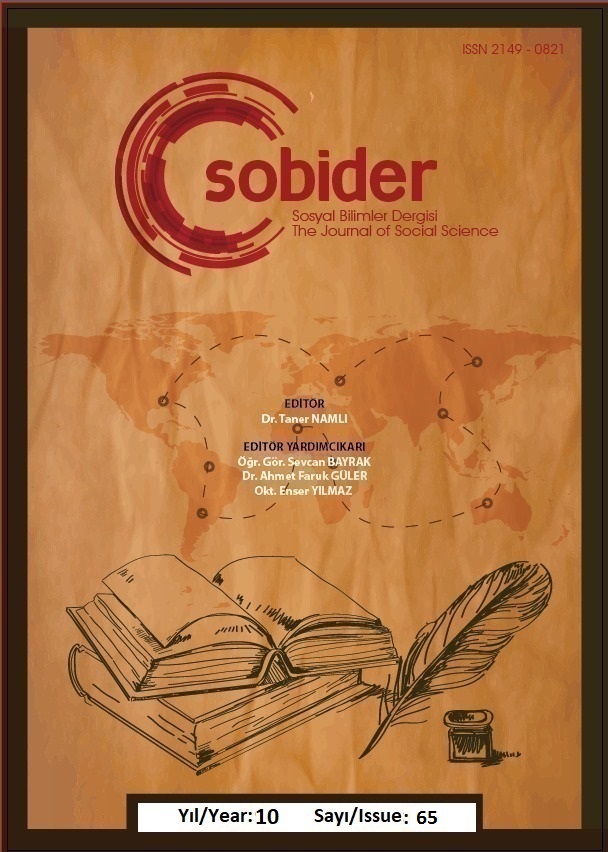Author :
Abstract
Anadolu coğrafyasında yaşanan göçlerden birisi de Rusların baskıları ile 19. yüzyılın ortalarında Kafkasya’dan Osmanlı Devletine yapılan büyük göç dalgasıdır. Başta Çerkesler, Abhazlar ve Gürcüler olmak üzere pek çok millet Anadolu’ya yerleşmişler, bu kadim toprakları ikinci vatan kabul ederek iskân edildikleri şehirlerde yaşam mücadelesi vermişlerdir. Bu şehirlerden birisi de Düzce’dir. Düzce coğrafi özellikleri, iklimi ve ticaret yolandaki konumu nedeniyle sadece Kafkaslardan gelen göçe ev sahipliği yapmamış aynı zamanda Rumeli, Balkan muhacirleri gibi çok sayıda millete kapılarını açmıştır. Bu araştırmada Düzce merkezde, ilçelerinde ve köylerinde yaşayan yöre insanlarının müzik pratiklerine değinilmektedir. Araştırmada Türkiye’nin bir kültür mozaiği görünümünde olan ve çeşitli toplulukların bir arada yaşadığı Düzce ilinin müzikal kimlikleri, kendilerine özgü müzik algıları ve müzik ritüelleri örneklerle ifade edilmeye çalışılmıştır. Yörede başta Manav Türkleri, Çerkesler, Abhzalar, Gürcüler, Lazlar olmak üzere pek çok millet bir arada huzur içinde yaşamaktadır. Araştırma teorik ve uygulamalı olmak üzere iki temel üzerine kurulmuştur. İlkinde Düzce müzik kültürüne ilişkin kaynak taraması yapılarak çalışmanın teorik çerçevesi oluşturulmaya çalışılmıştır. Çalışma kapsamında Düzce’de yaşayan milletlerle ilgili tarihi bilgilerin verilmesinin ardından Düzce’de faaliyet gösteren derneklerdeki müzik faaliyetleri ile devlete bağlı kurumlardaki müzik çalışmaları bölümlere dâhil edilmiştir.
Keywords
Abstract
One of the migrations experienced in many geographies of Anatolia is the great wave of migration from the Caucasus to the Ottoman Empire in the middle of the 19th century with the pressure of the Russians. Many nationalities, especially Circassians, Abkhazians and Georgians, settled in Anatolia and accepted these ancient lands as their second homeland and struggled to survive in the cities where they were settled. One of these cities is Düzce. Due to its geographical features, climate and location on the trade route, Düzce has not only hosted immigration from the Caucasus, but also opened its doors to many nations such as Rumelia and Balkan immigrants. In this research, the musical practices of the local people living in the center of Düzce, its districts and villages are mentioned. In the study, the musical identities, unique music perceptions and musical rituals of Düzce, which has the appearance of a cultural mosaic of Turkey and where various communities live together, have been tried to be expressed with examples. Many nationalities, especially the “Manav Turks,” Circassians, Abhzas, Georgians, and “Laz”, live together in peace in the region. The research is based on two foundations: theoretical and applied. In the first one, the theoretical framework of the study was tried to be formed by scanning the literature on Düzce music culture. Within the scope of the study, after giving historical information about the nations living in Düzce, music activities in associations operating in Düzce and music studies in state-affiliated institutions were included in the sections.





